Today there is a variety of teddy bear making supplies – fabrics for sewing teddy bears. These are viscose, mohair, faux fur, etc.
I am going to share information from personal experience about the purpose, differences, pluses, and cons of each type of fabric.
Viscose – The Easy Way
I had started my way with viscose and had made above 100 teddies using it. Viscose for teddy bears is a fabric with a cotton base and natural viscose pile. Viscose is specially produced for toys at the German factories Helmbold and Steiff Schulte. I used a viscose 6 mm pile from both of these brands.
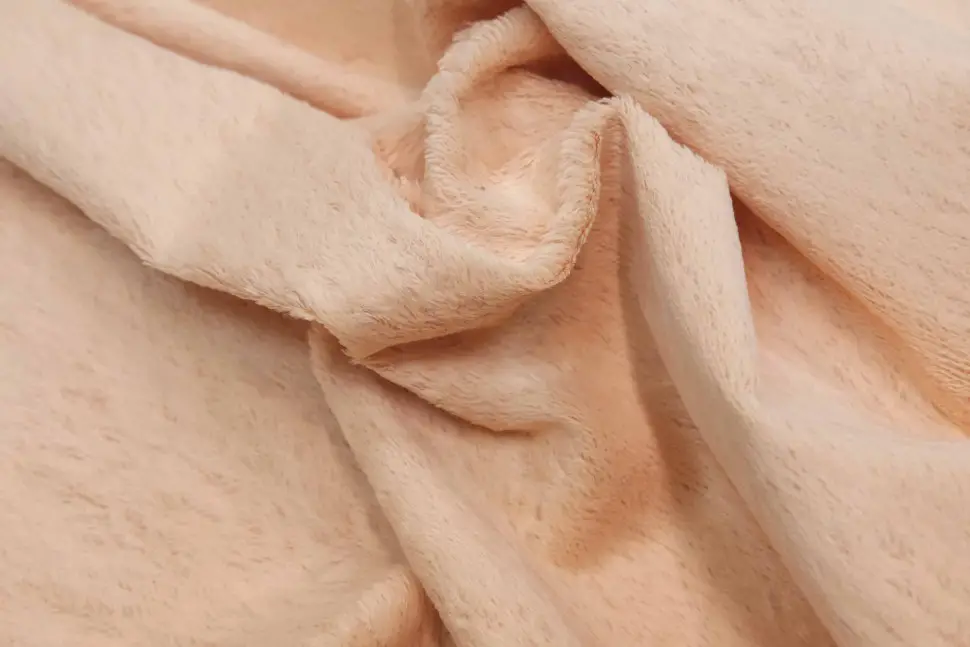
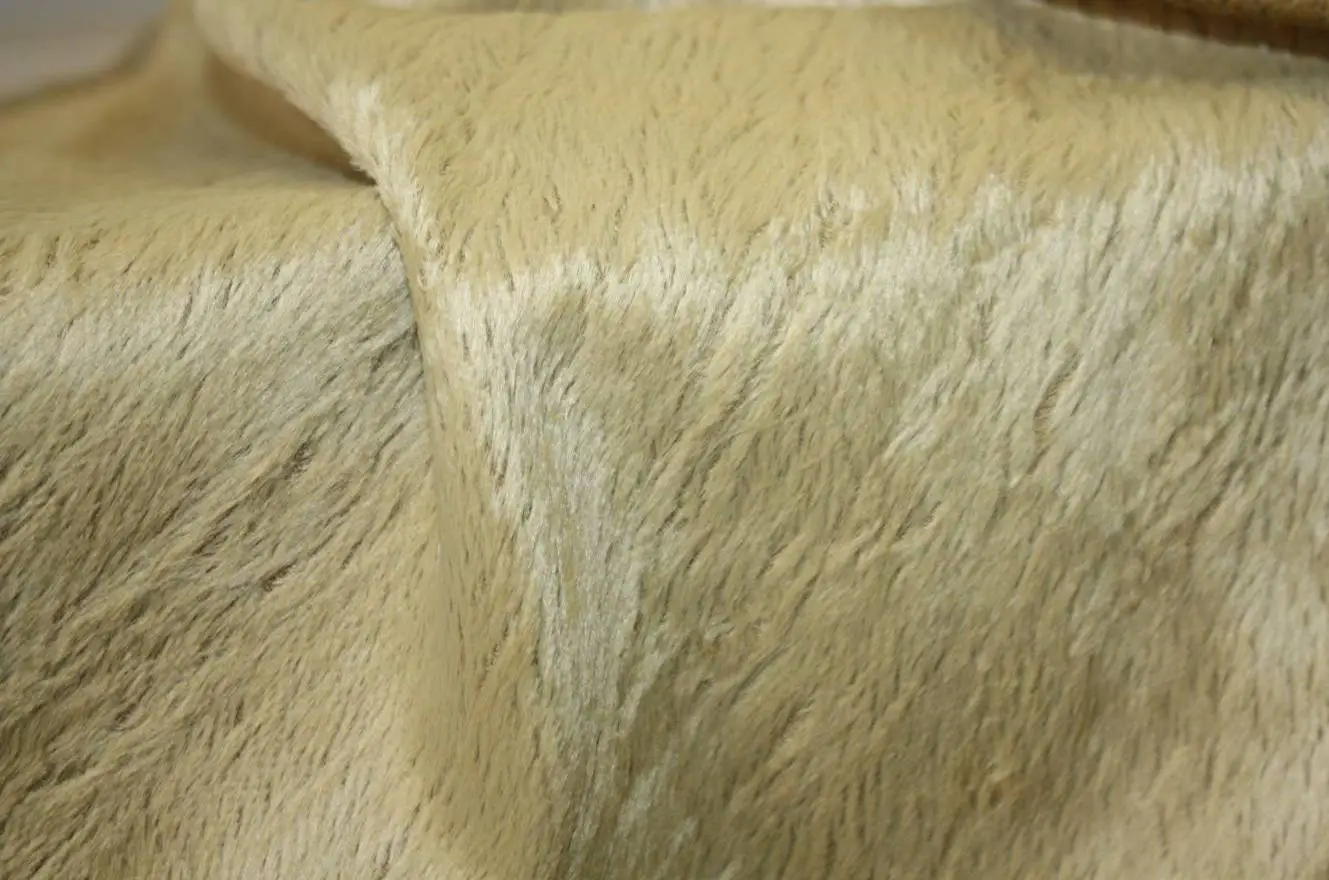
Pluses:
- Does not stretch.
- Easy to work.
- In the process, the shine disappears, and a teddy bear takes on a vintage look.
- Suitable for small-sized teddy 10-20 cm.
Cons:
High price. (Schulte even is more expensive than Helmbold).
Conclusion: suitable for beginners to create vintage-looking critters.
Here you can see some of my teddies made from viscose.
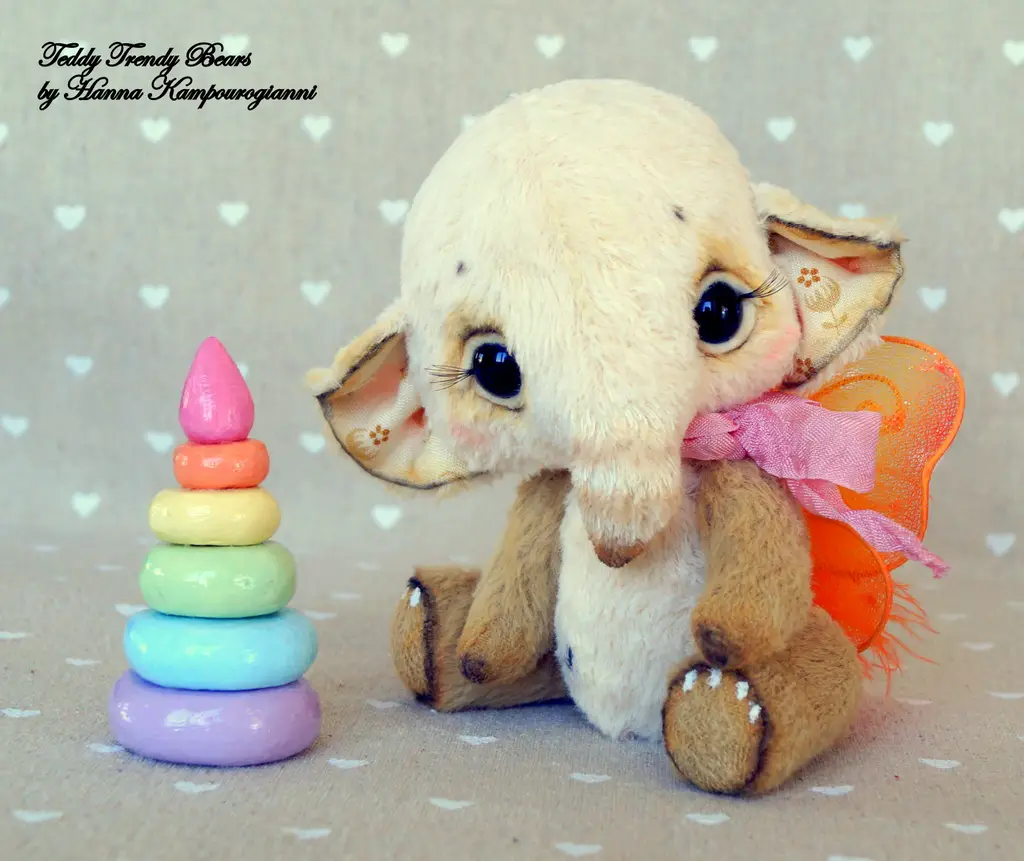
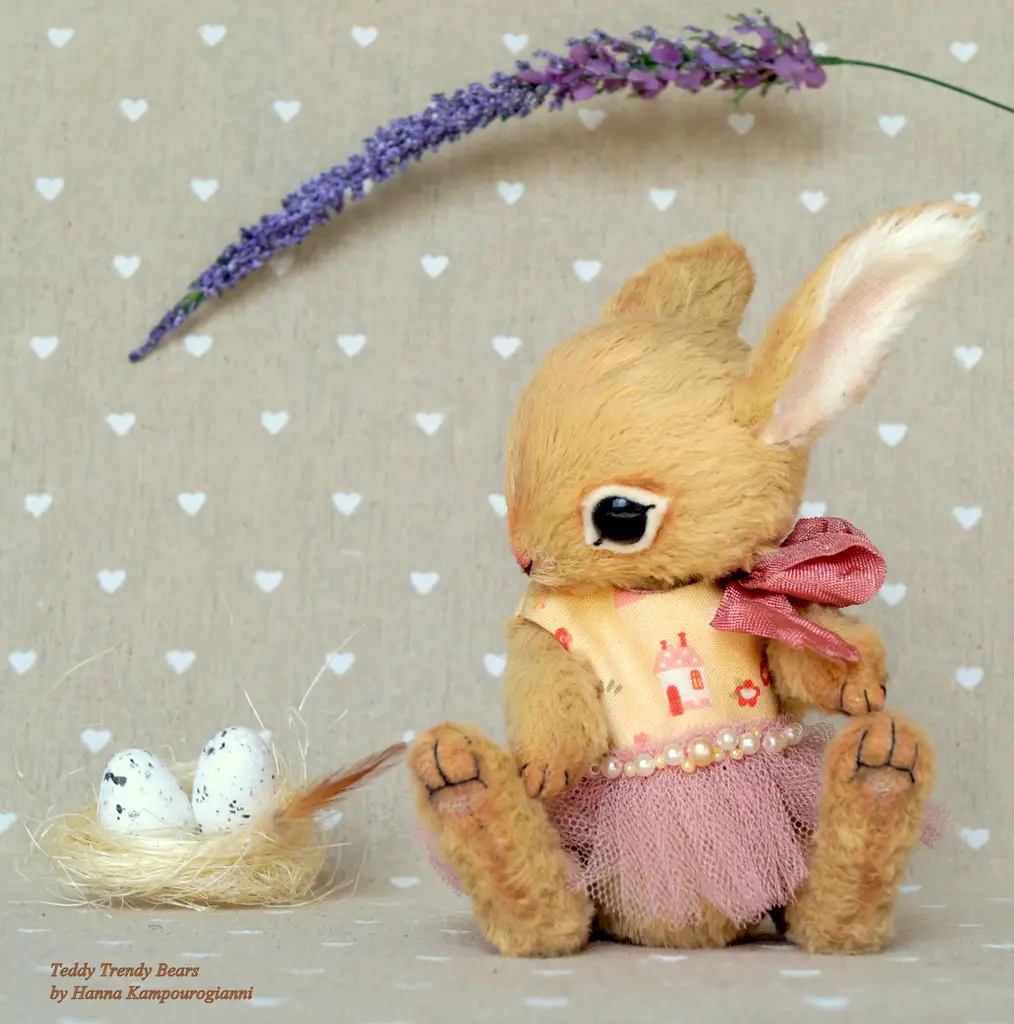
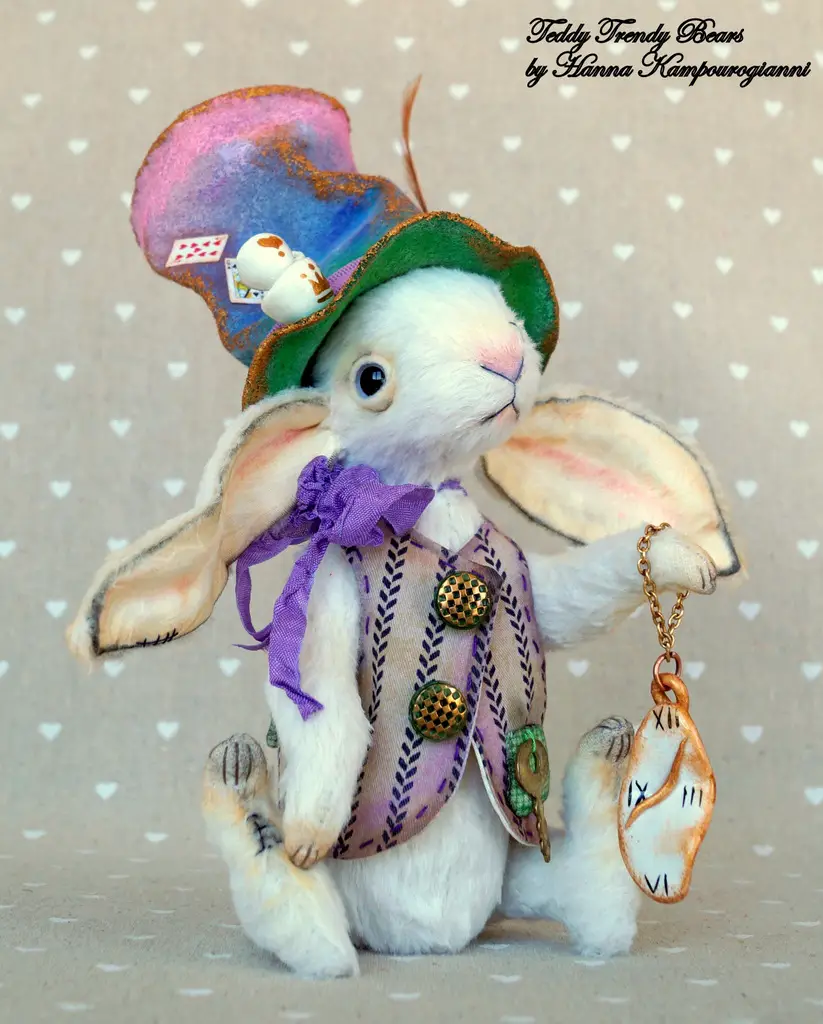
Mohair – Classic Teddy Bears and More
Mohair for Teddy Bears has a cotton base, sometimes with the addition of synthetic fibers.
The pile is made from natural woolen or silk fibers. Mohair can be with a straight pile and curly. The length of the pile is short, medium, and long.
Traditionally, mohair is used to create classic teddies. But other author’s toys are also made from it.
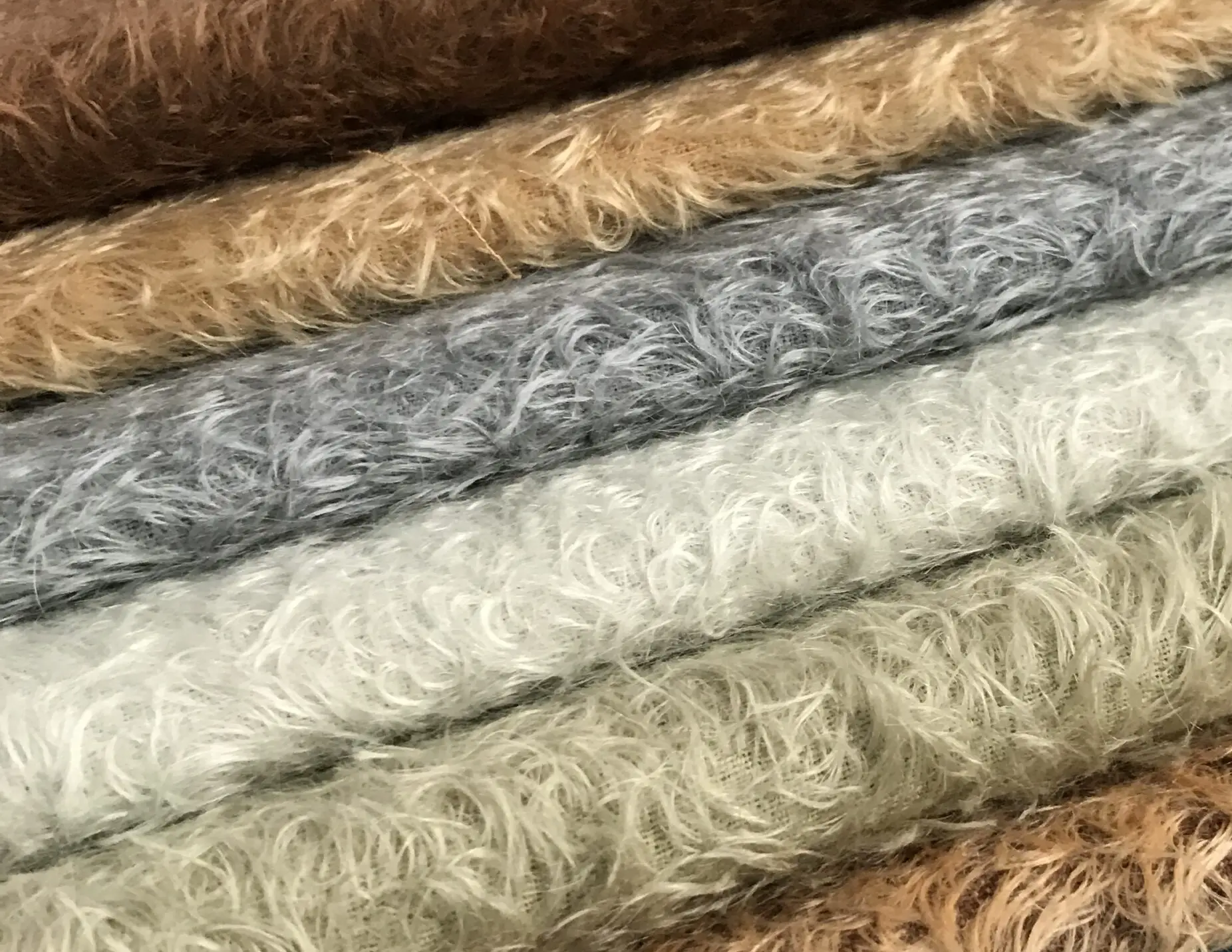
Pluses:
- Suitable for all sizes of teddy bears.
- Great variety.
- Does not stretch and is pleasant to touch.
Cons: I have not found any. Just notice, that for beginners, it would be nice to learn the basics of working with this fabric.
Conclusion: It is suitable for beginners to create classic teddy bears.
Here you can see some of my teddies made from mohair.
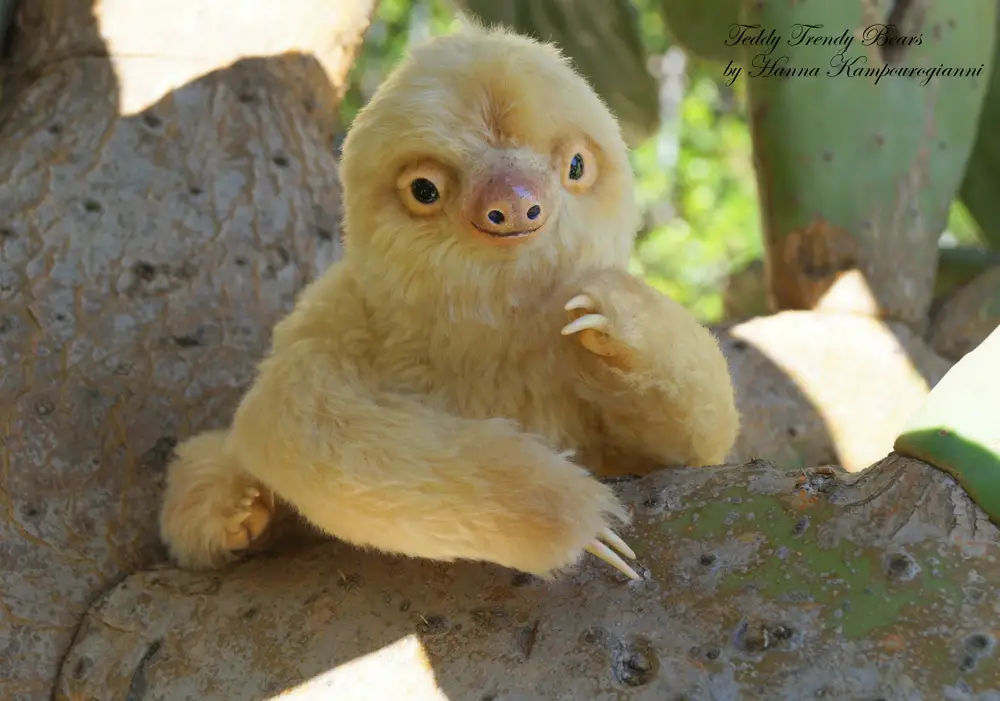
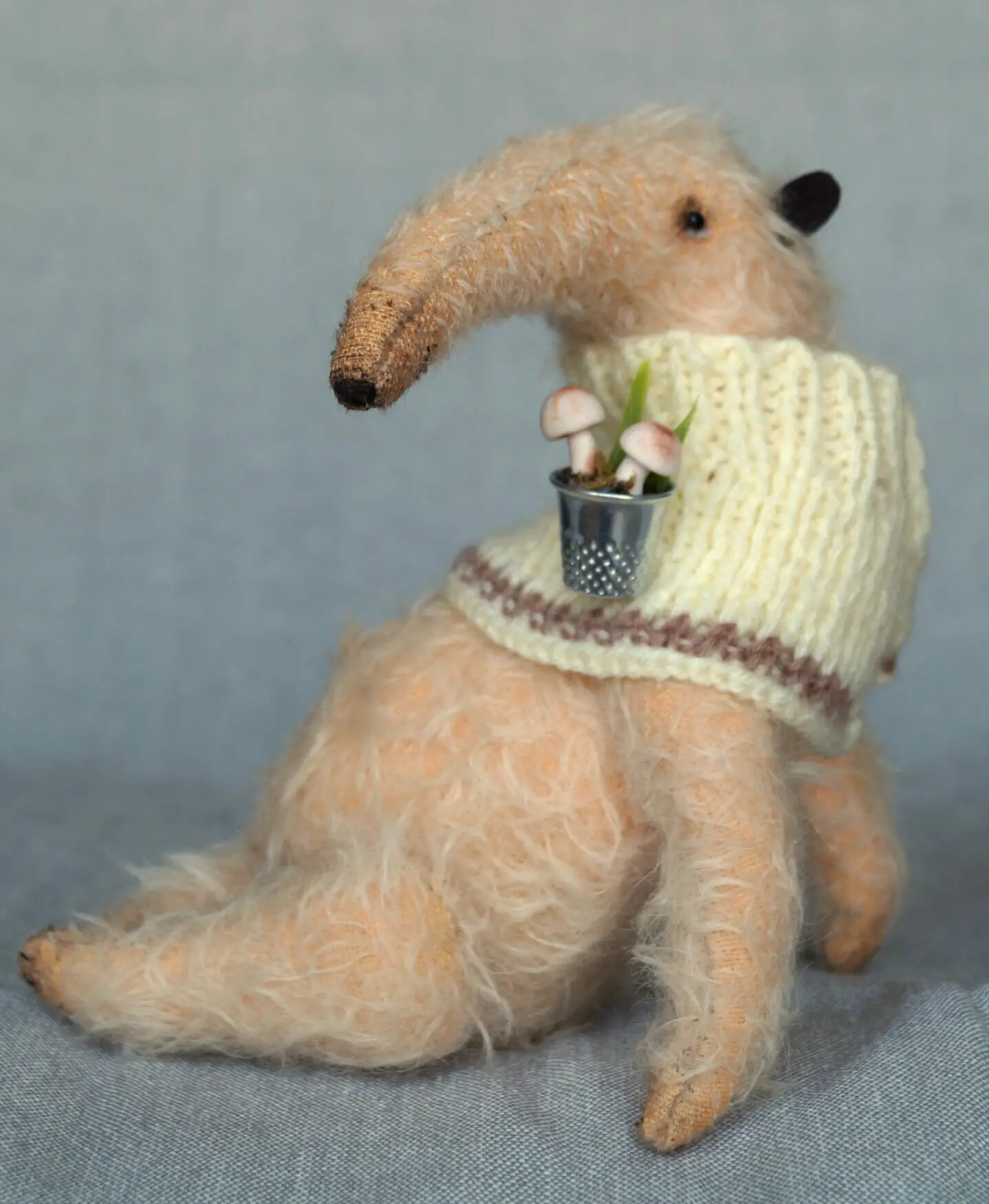
There is a fabric called alpaca. Alpaca looks like mohair, has a natural composition, and is very pleasant to the touch. But since it is more expensive than mohair, it is not in great demand. I made only a few toys from this fabric.
Faux Fur – From Realistic Animals to Fantasy Critters
Faux fur (also it can be called plush) is a synthetic imitation of natural fur on a fabric basis. The base can stretch, and there are fabrics with a strong, non-stretching base. The length of the pile can be short, medium, and long. Probably it is one of the favorite fabrics of modern artists. I love this fur too.
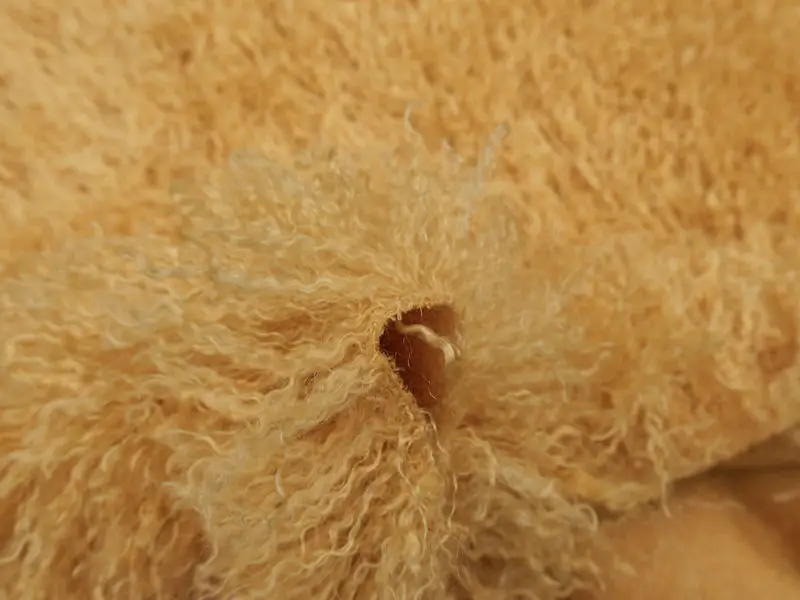
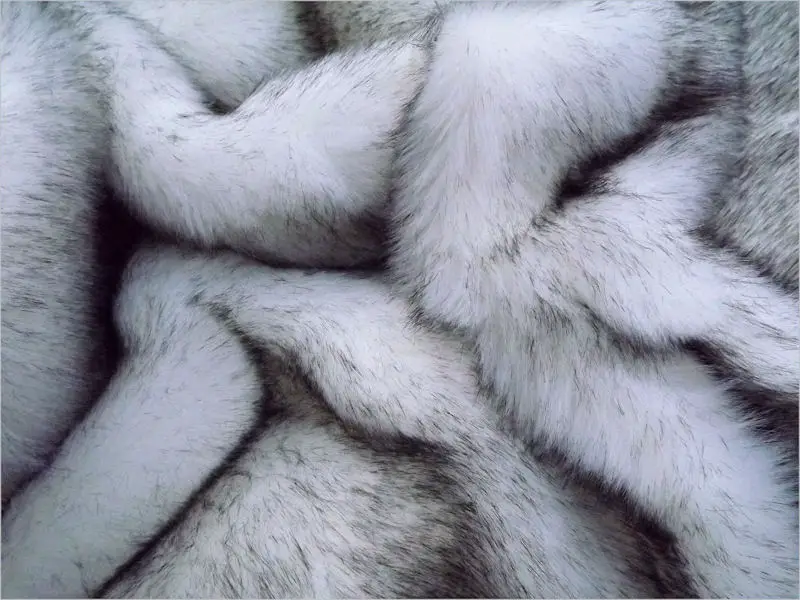
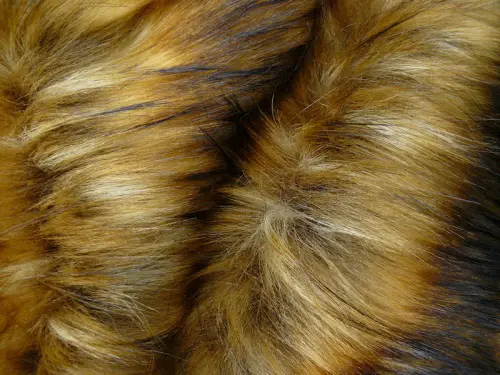
Pluses:
- Great variety.
- Perfect for making realistic animals.
- Very pleasant to touch and beautiful looking.
- Suitable for medium (from 20 cm) and large-sized critters.
Cons:
1. Not easy to sew.
2. While cutting this fabric, your house will be full of the pile as if you have pets.
Conclusion: not suitable for beginners.
Here you can see some of my teddies made from faux fur.
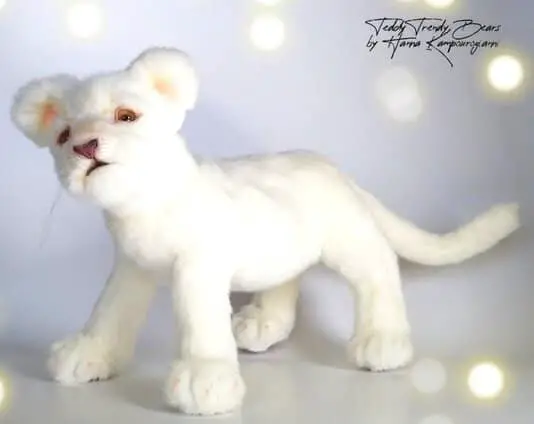
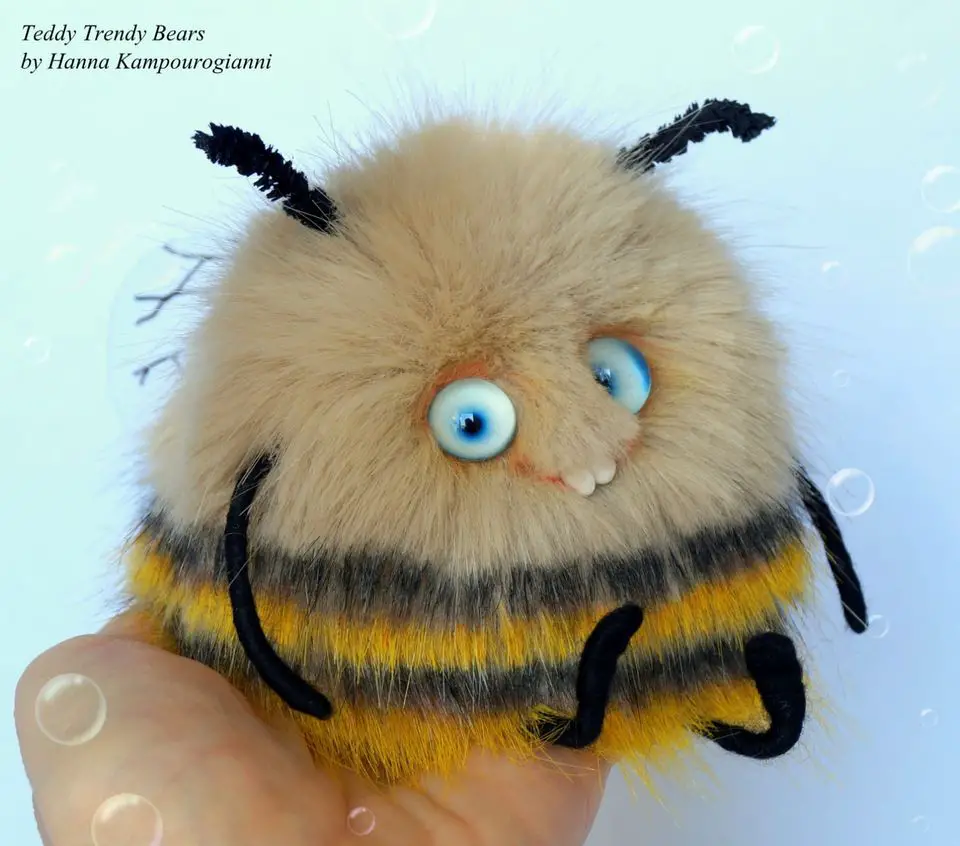
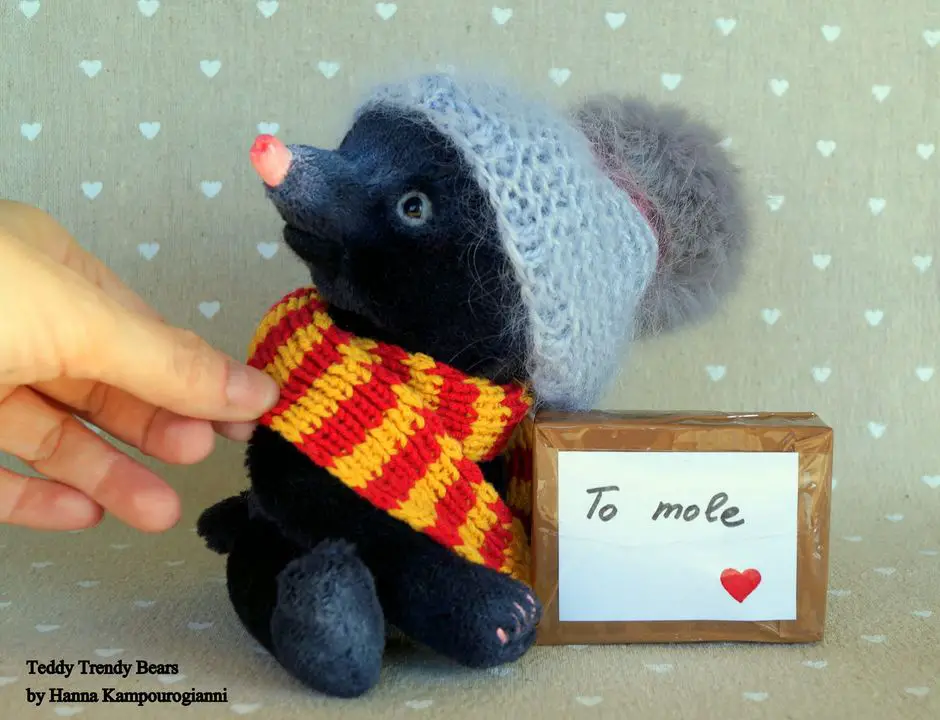
I have listed the most popular fabrics for sewing teddy bears and their friends. In addition to them, there are others, such as, for example, mohair for creating plush hedgehogs, special fur with a very short pile for creating miniature teddy bears, etc.
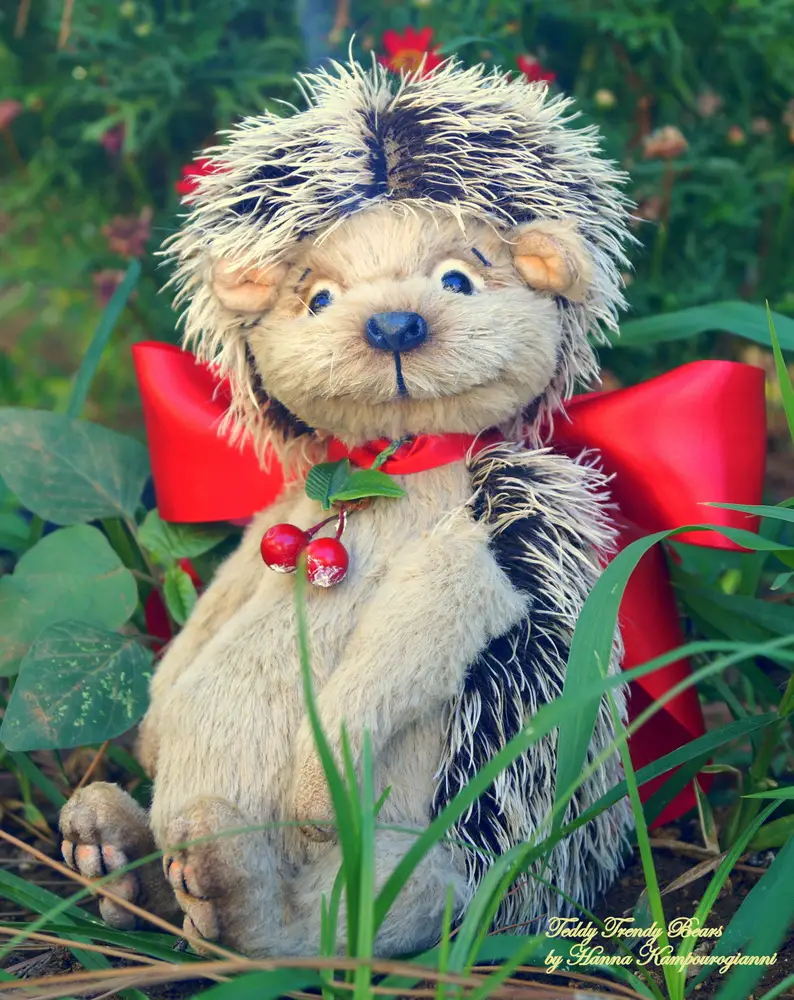
Conclusion
In conclusion, I would like to add that you shouldn’t buy fabrics at too low prices, otherwise, you may be very disappointed with their quality.
Choose the “golden mean” and trusted/recommended sellers, order trial pieces of fabric, and visit offline teddy bear exhibitions where you can hold the toy in your hands.
I hope my article was helpful to you, and I wish you good luck!
If you ever need a hand or have any questions, feel free to leave them in the comments below, and I will be more than happy to help you out.
Read Also
- How To Make a Teddy Bear Part 1 (A Teddy Bear Kit): If you are a beginner, explore how to build your own teddy bear kit and how to make a cute teddy bear.
- How To Make a Teddy Bear Part 2 (Step-by-Step Tutorial): Continue diving into making teddy bears for beginners.
Get Free Patterns & Be the First to Know!
Want free teddy bear patterns, exclusive tutorials, and a chance to win craft supplies?
Sign up for our newsletter using the subscribe form in the middle of this article to receive new patterns, insider tips, and the latest news on teddy bear art. You’ll also automatically be entered into our annual giveaway for a chance to win teddy bear crafting materials.
Bonus entry: Save one of our pins on Pinterest to increase your chances of winning!
Let’s create, inspire, and craft beautiful teddy bears together!

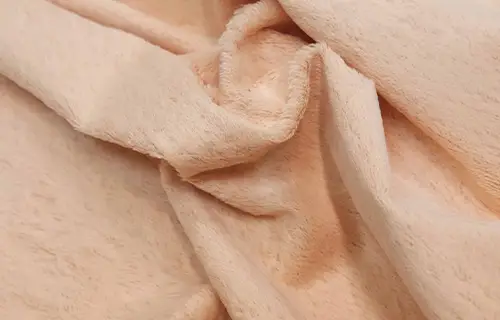
Excellent information..thank you for sharing.
You are welcome!
What’s a reliable source I can buy Helmbold viscose from? I’m finding it hard to track down (I live in Canada).
Hi!I recommend checking Etsy in Canada first. If you can’t find Helmbold viscose there, you can look in the US. Here are a couple of stores that might help: Intercal and Edinburgh Imports. They offer a variety of fabrics and materials for making soft toys. I hope this helps!